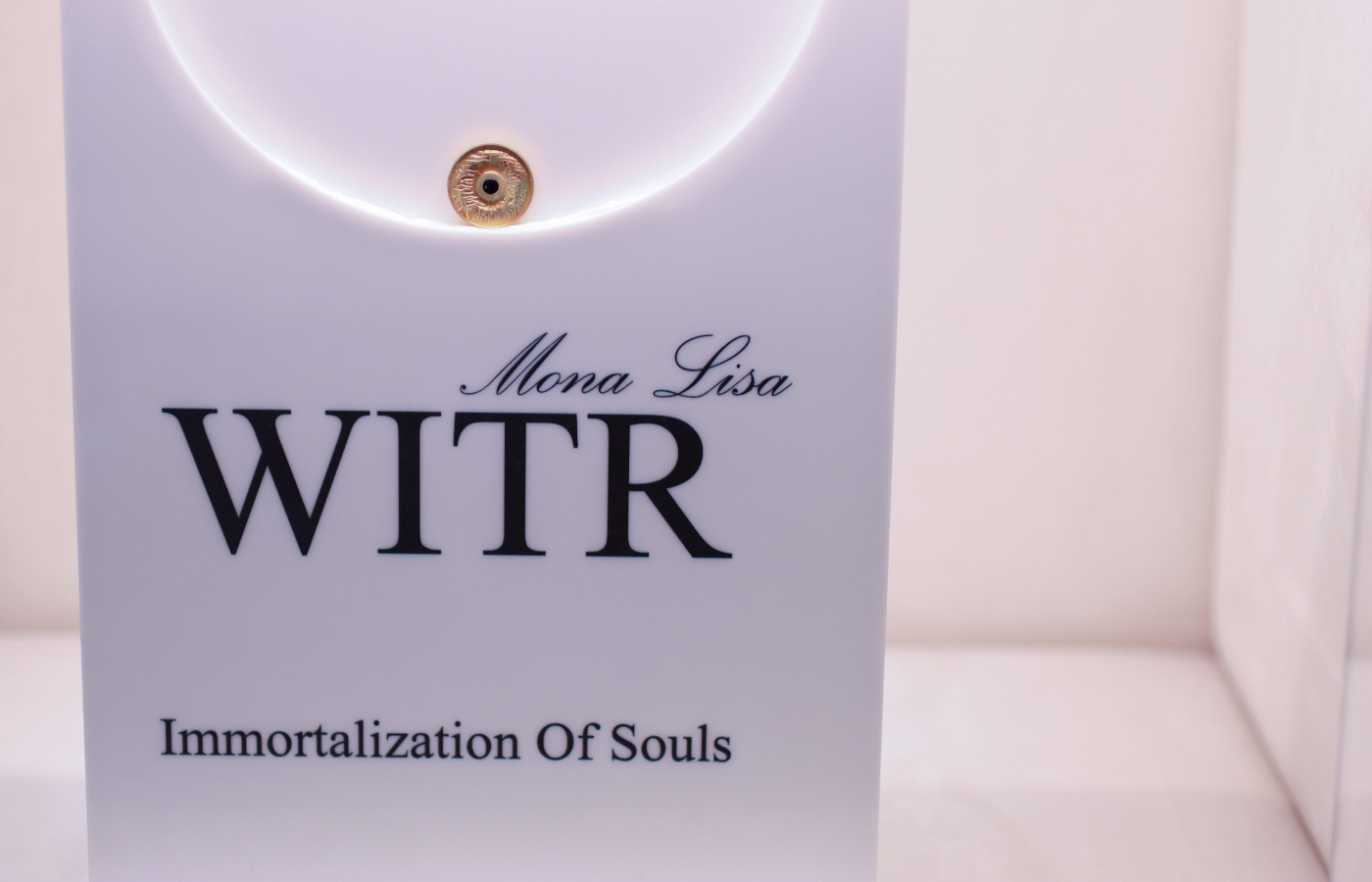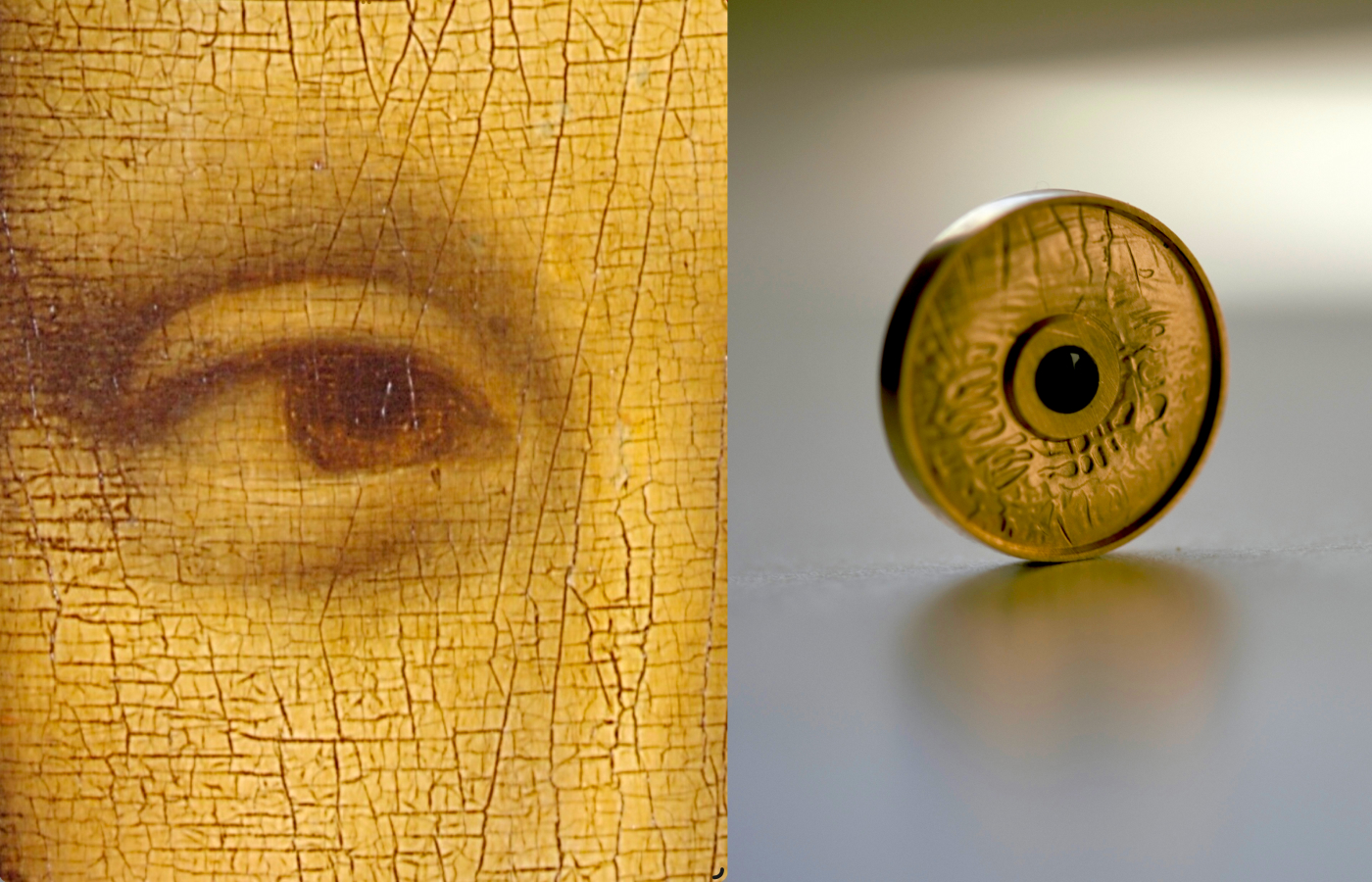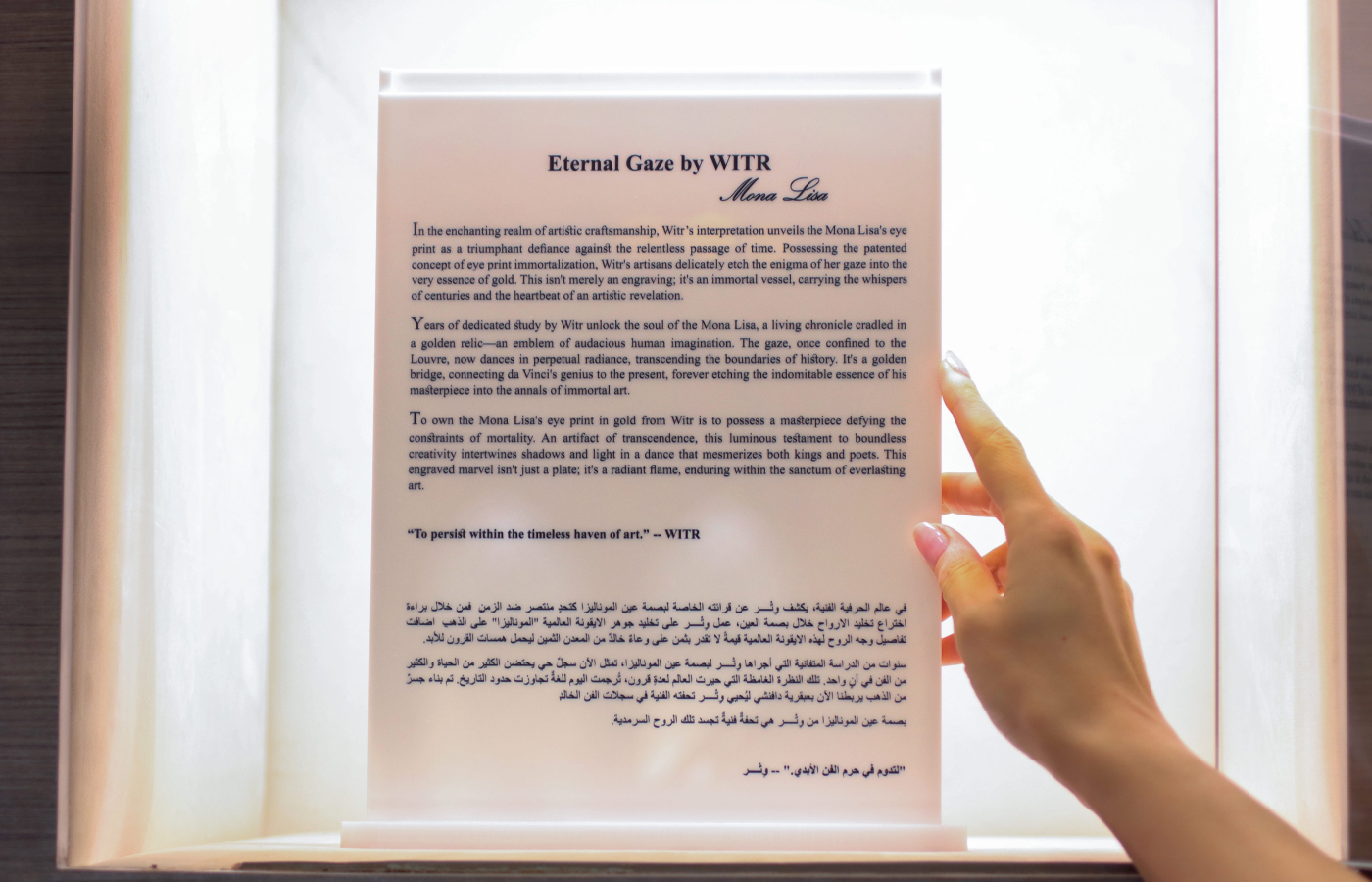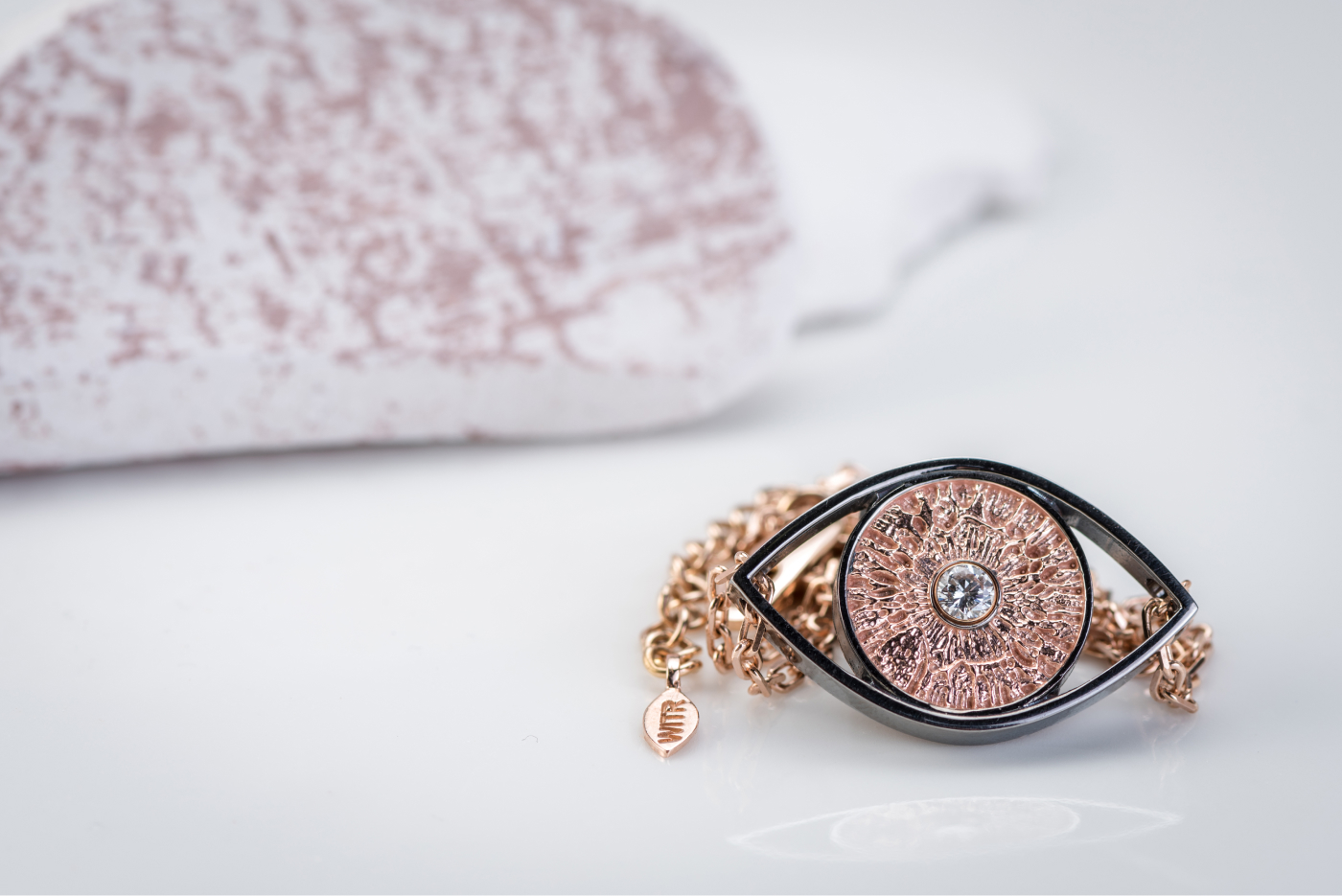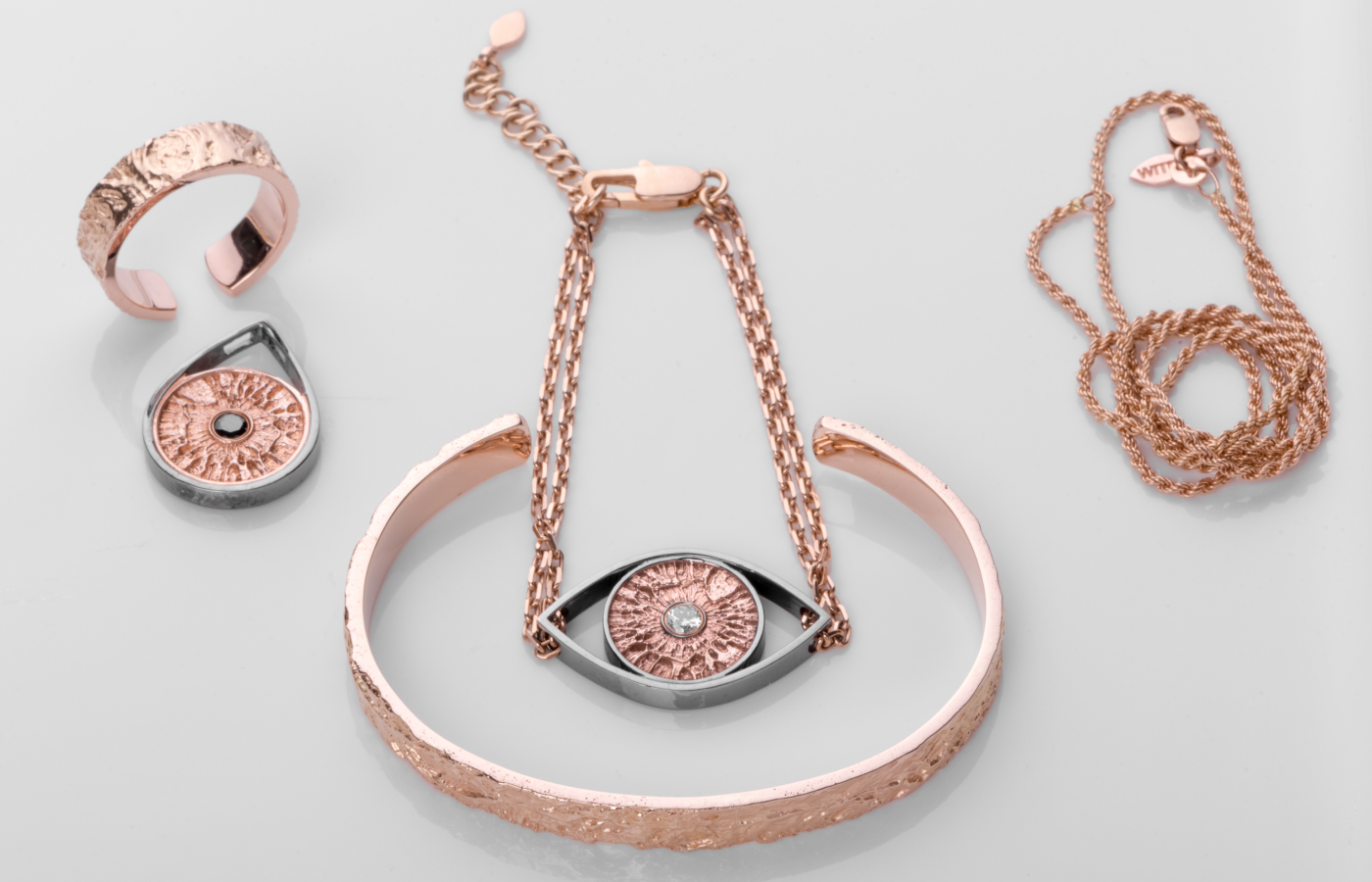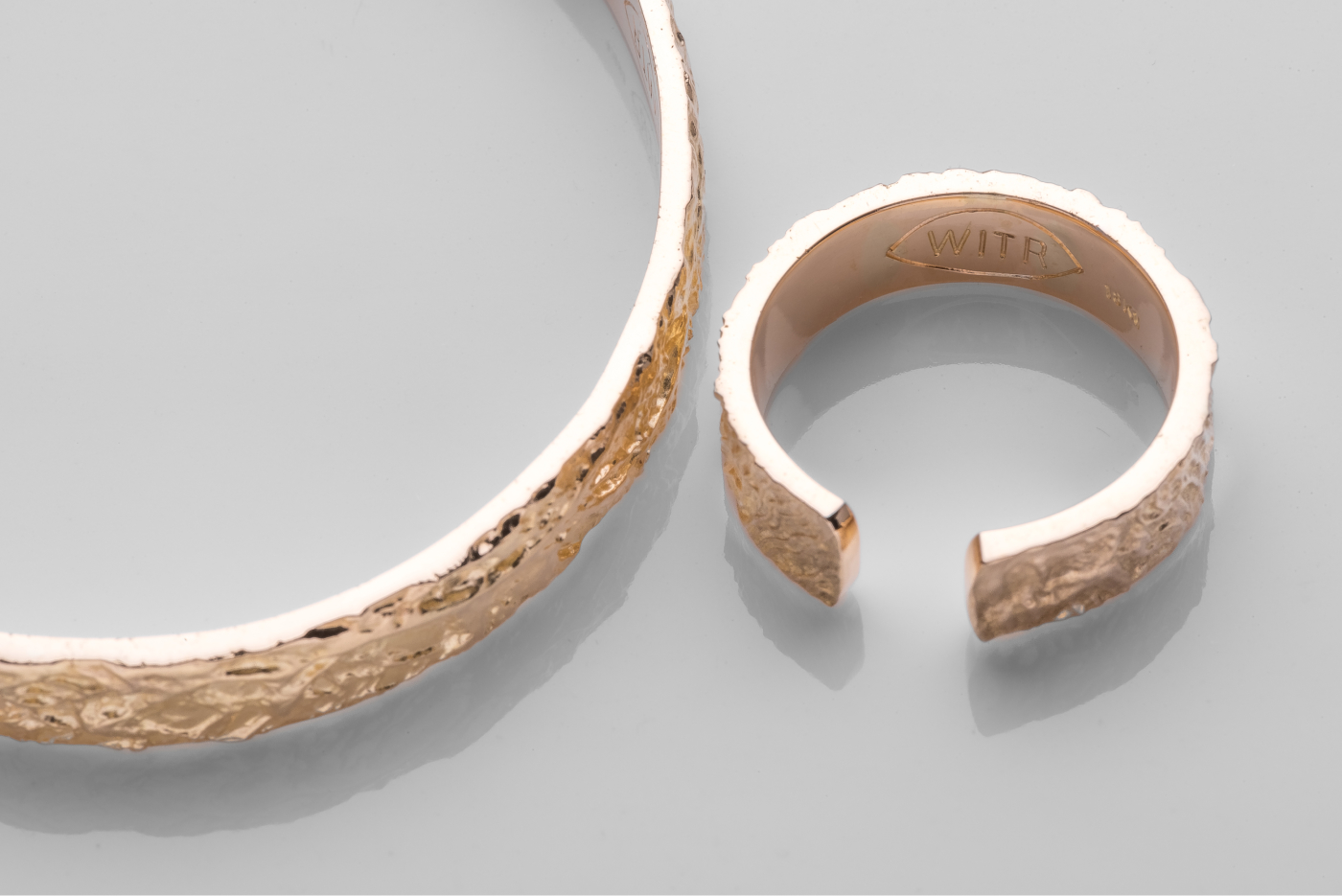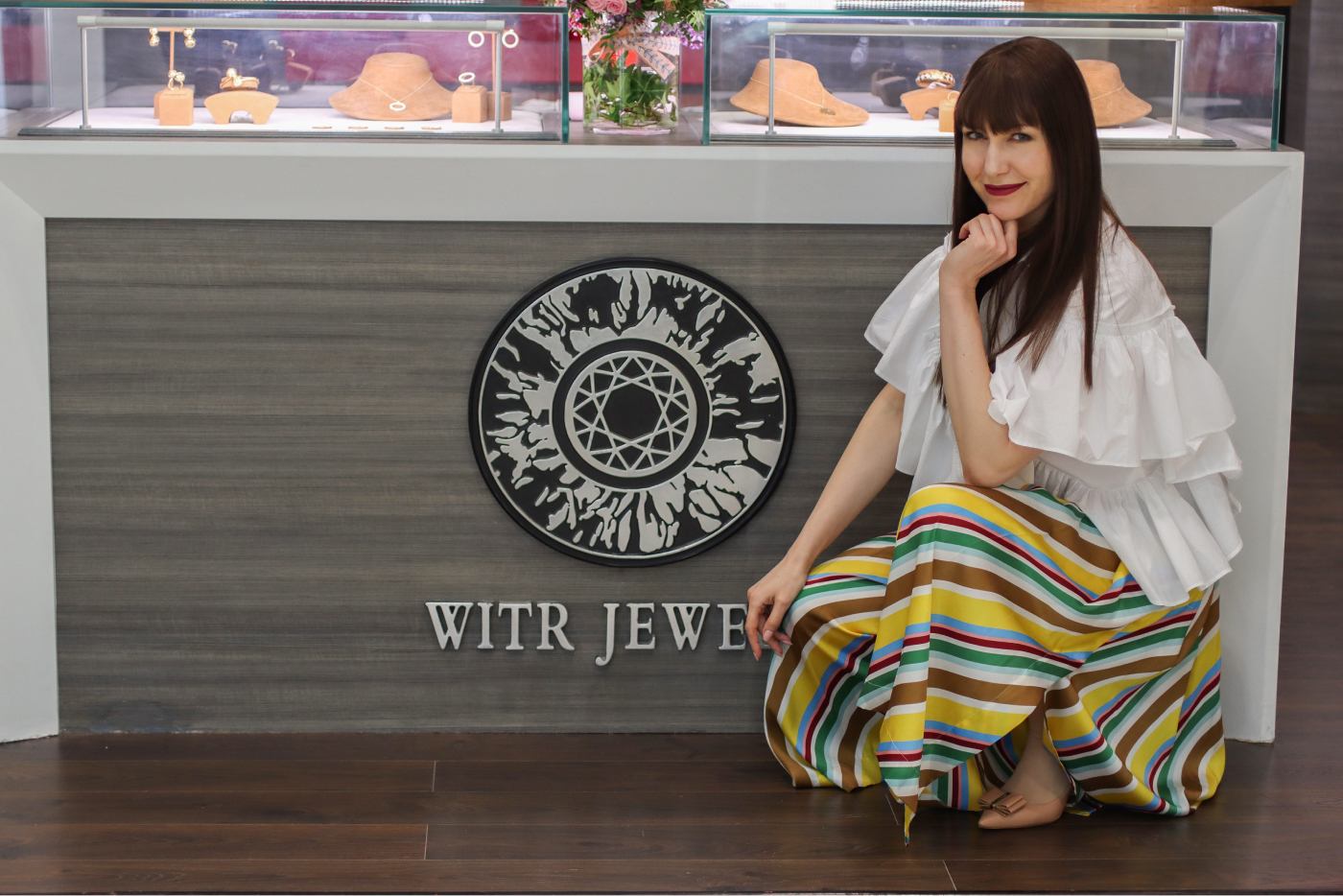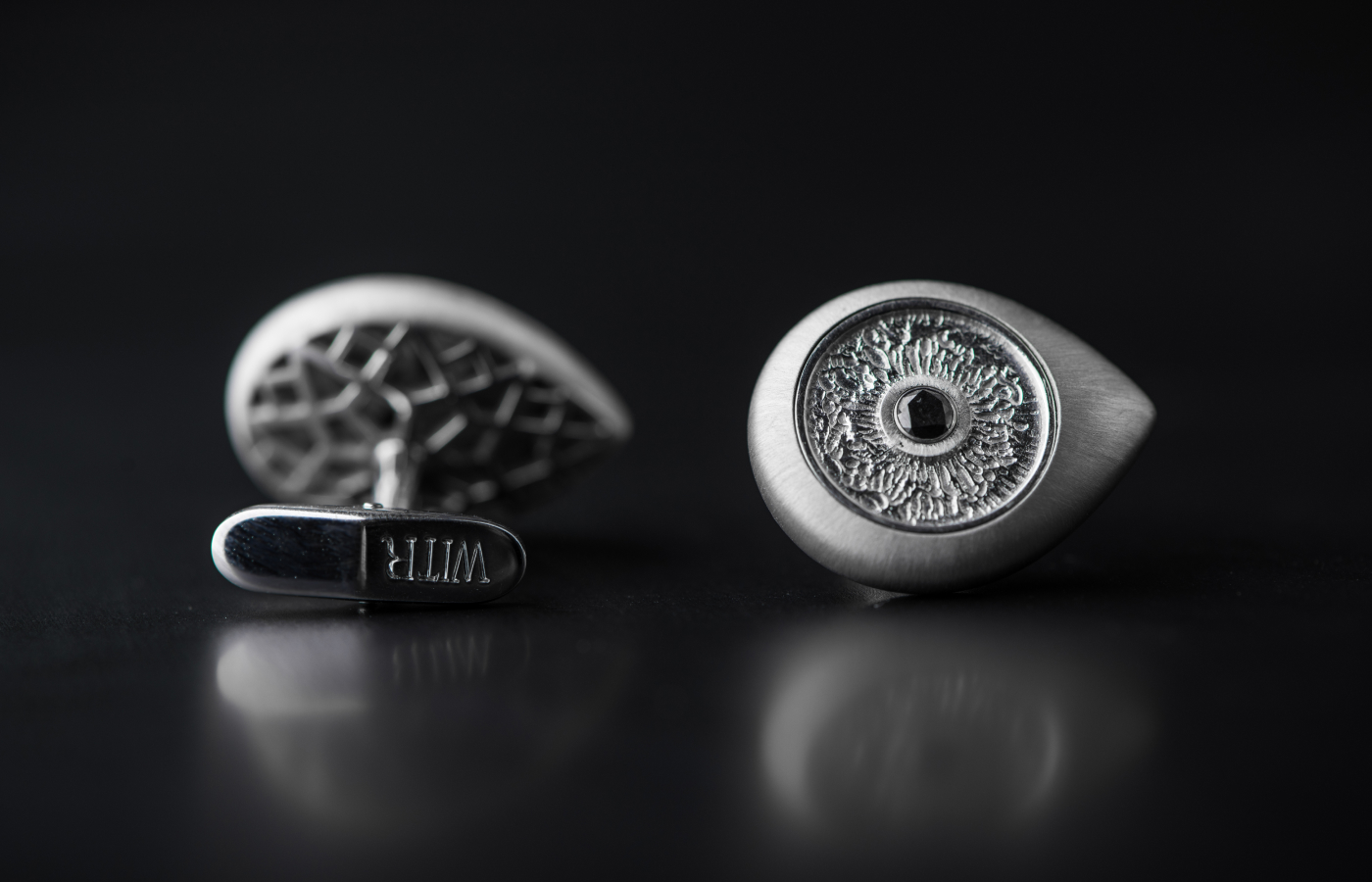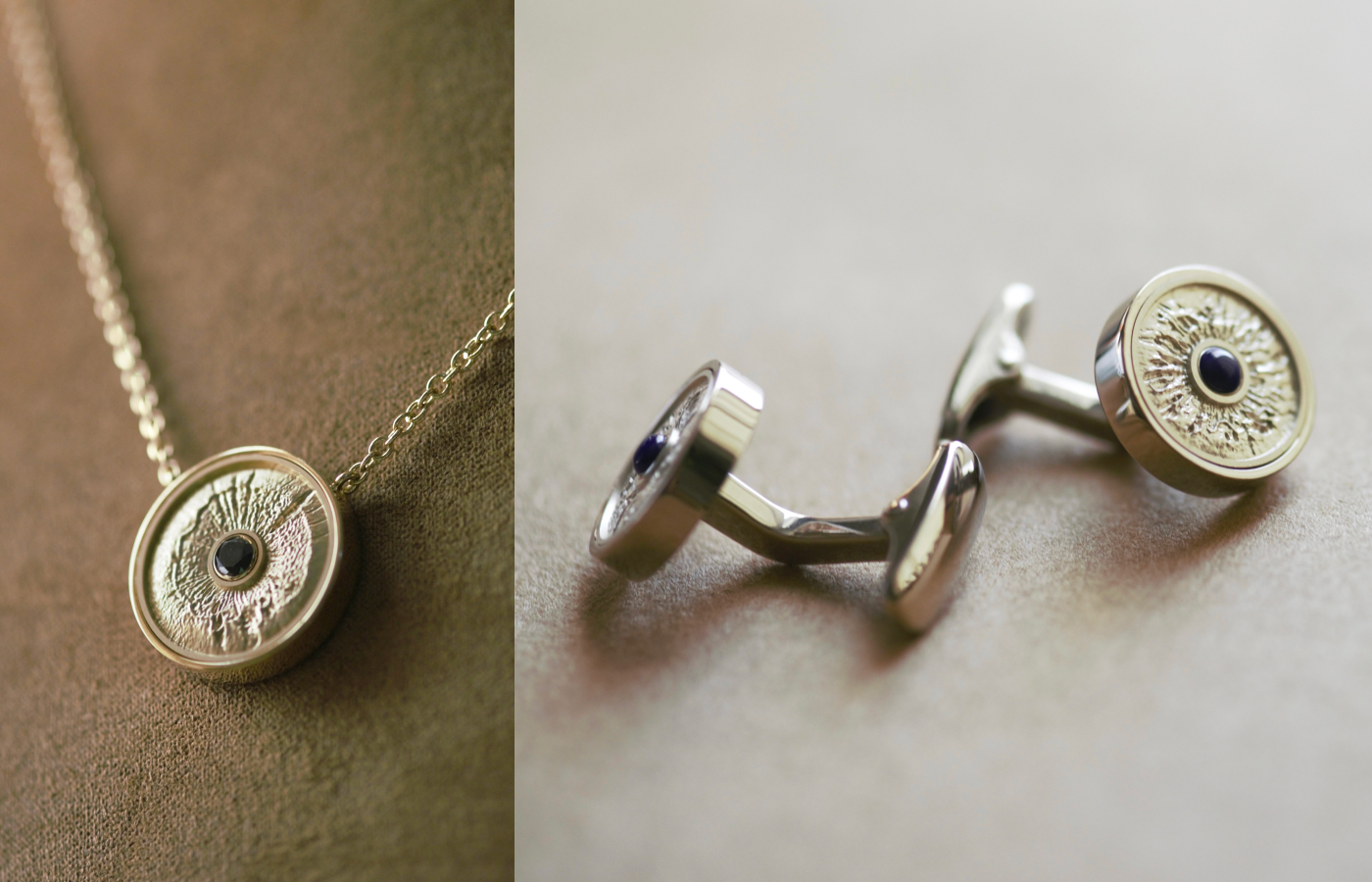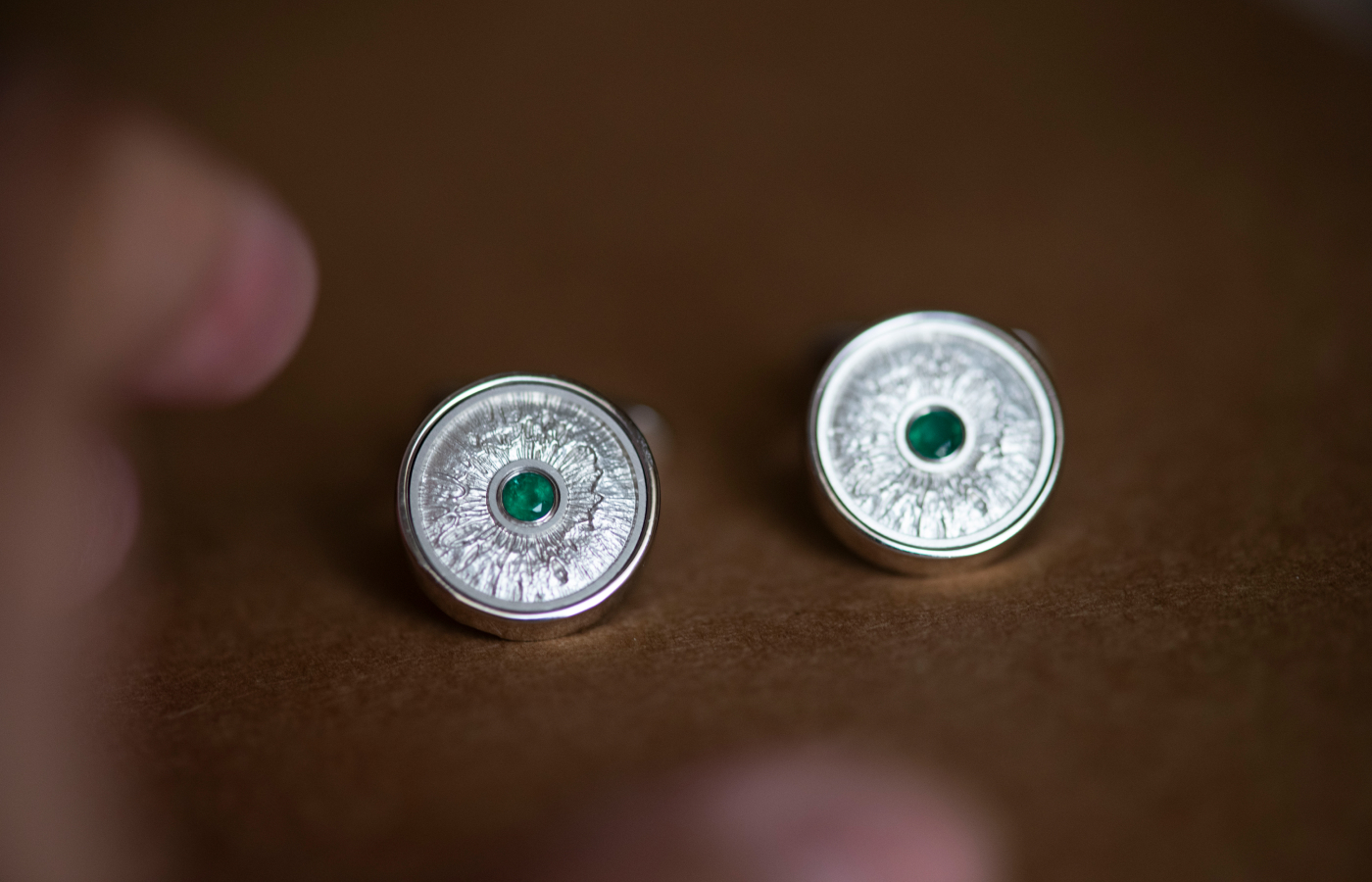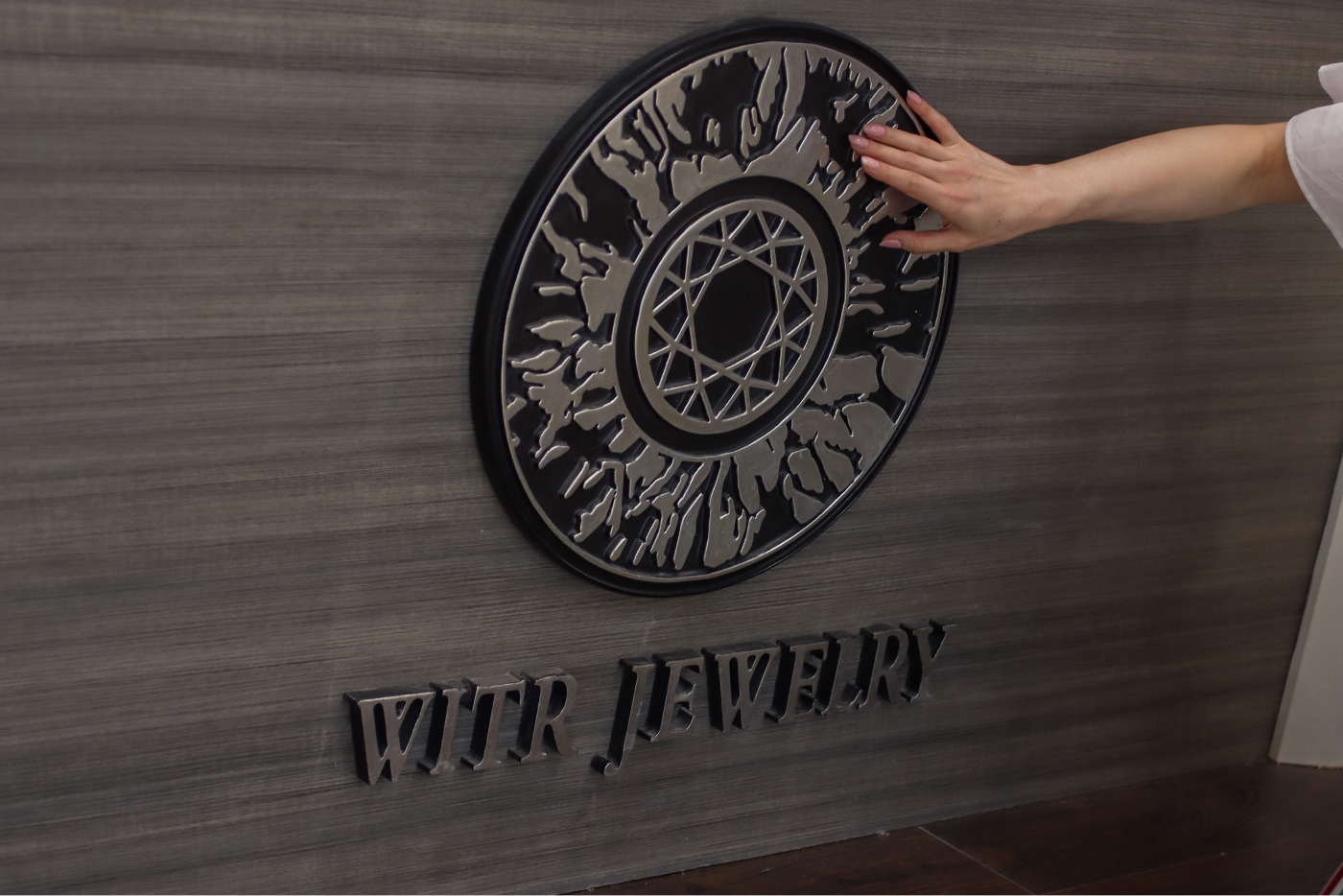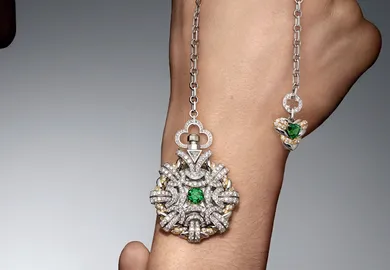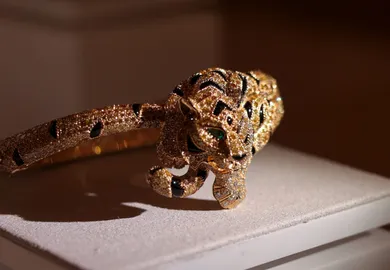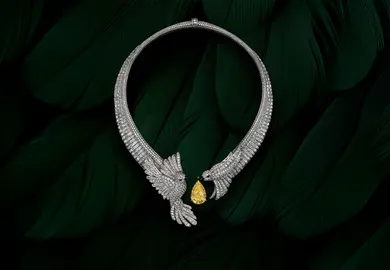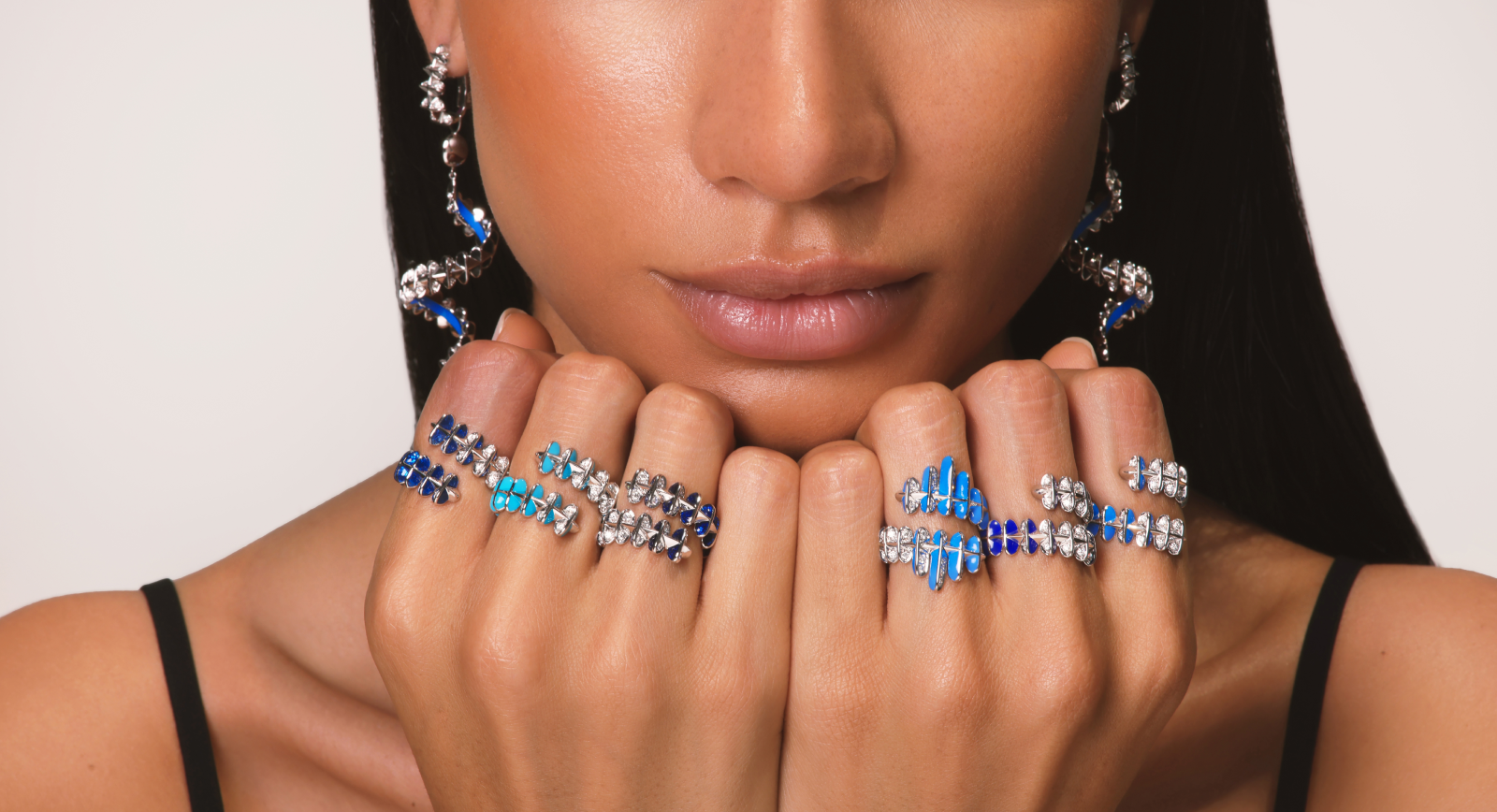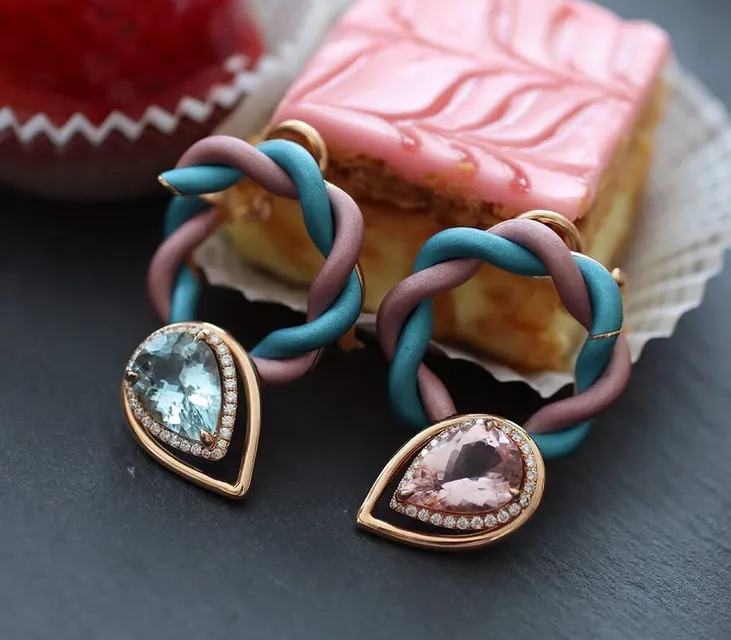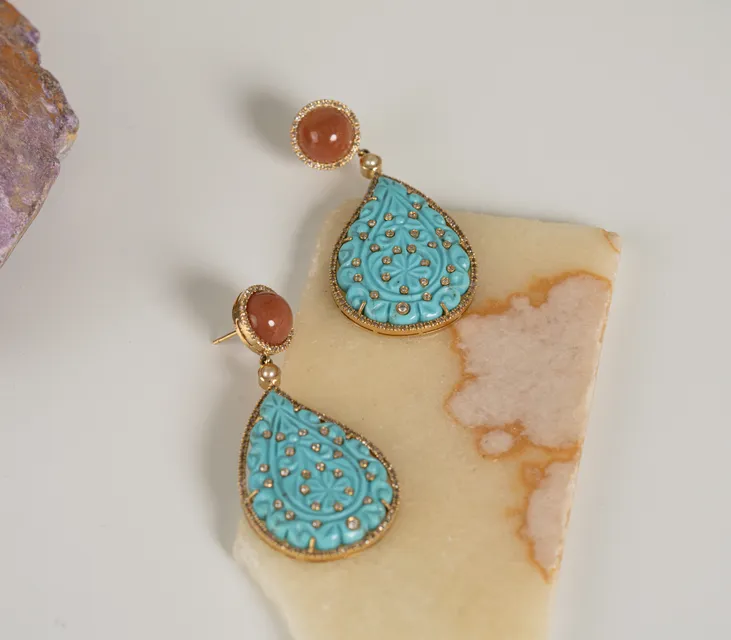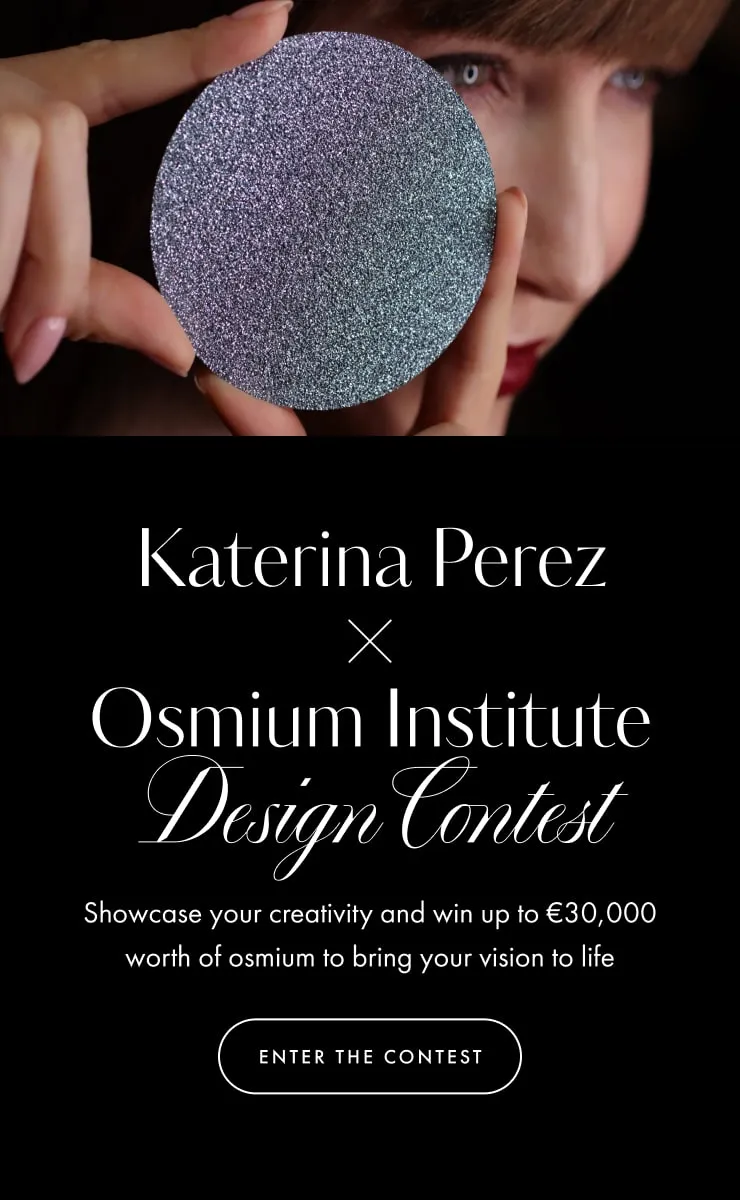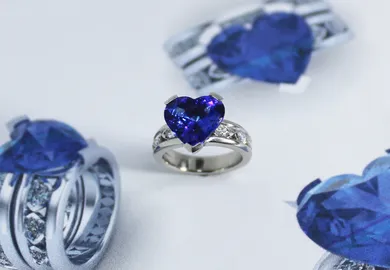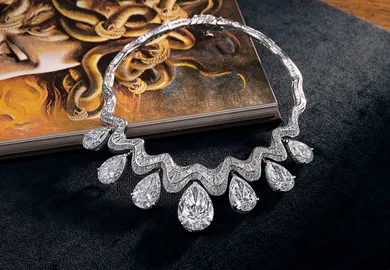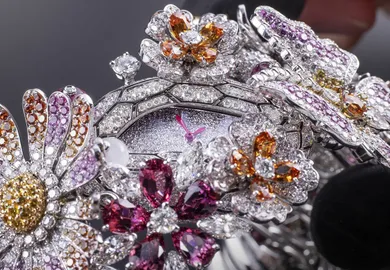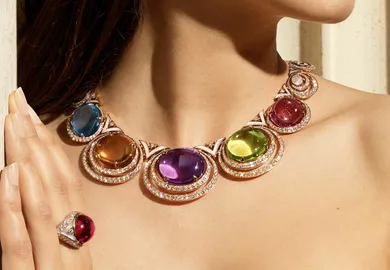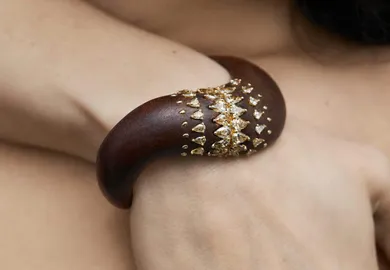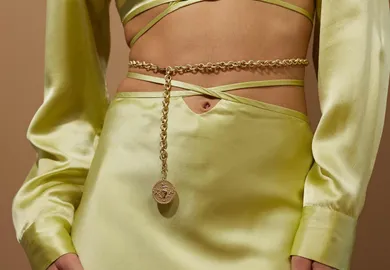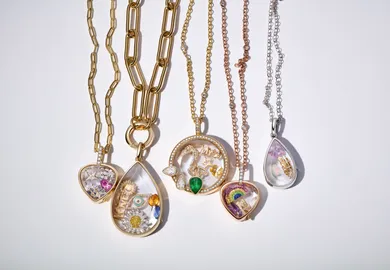

Enigmatic Eyes: WITR Immortalises Mona Lisa’s Eye in Latest Jewels
Qatari fine jewellery house WITR has taken its unique and patented iris print jewels to the next level by turning to one of the most famous women in the world – Mona Lisa – for its latest creation. For the brand’s founder, Reem Al Shamari, this required intensive study of Leonardo da Vinci’s most famous painting and a high-resolution image secured from the Louvre itself. I was fortunate enough to get the inside story on this process at the Doha Jewellery and Watches Exhibition (DJWE) and can share more details with you below…
One of my earliest encounters with WITR and its detailed engraved studies of irises (the coloured part of the eye) was at the Doha Jewellery and Watches Exhibition (DJWE) in 2020. Reem Al Shamari was producing her pendants, bracelets and cufflinks with iris prints in Qatar, but they were far removed from any eye motif I had seen before in fine jewellery. The level of detail that’s captured in engraved precious metal acknowledges the unique strokes, lines and patterns of each eye, like a fingerprint that can’t be replicated.
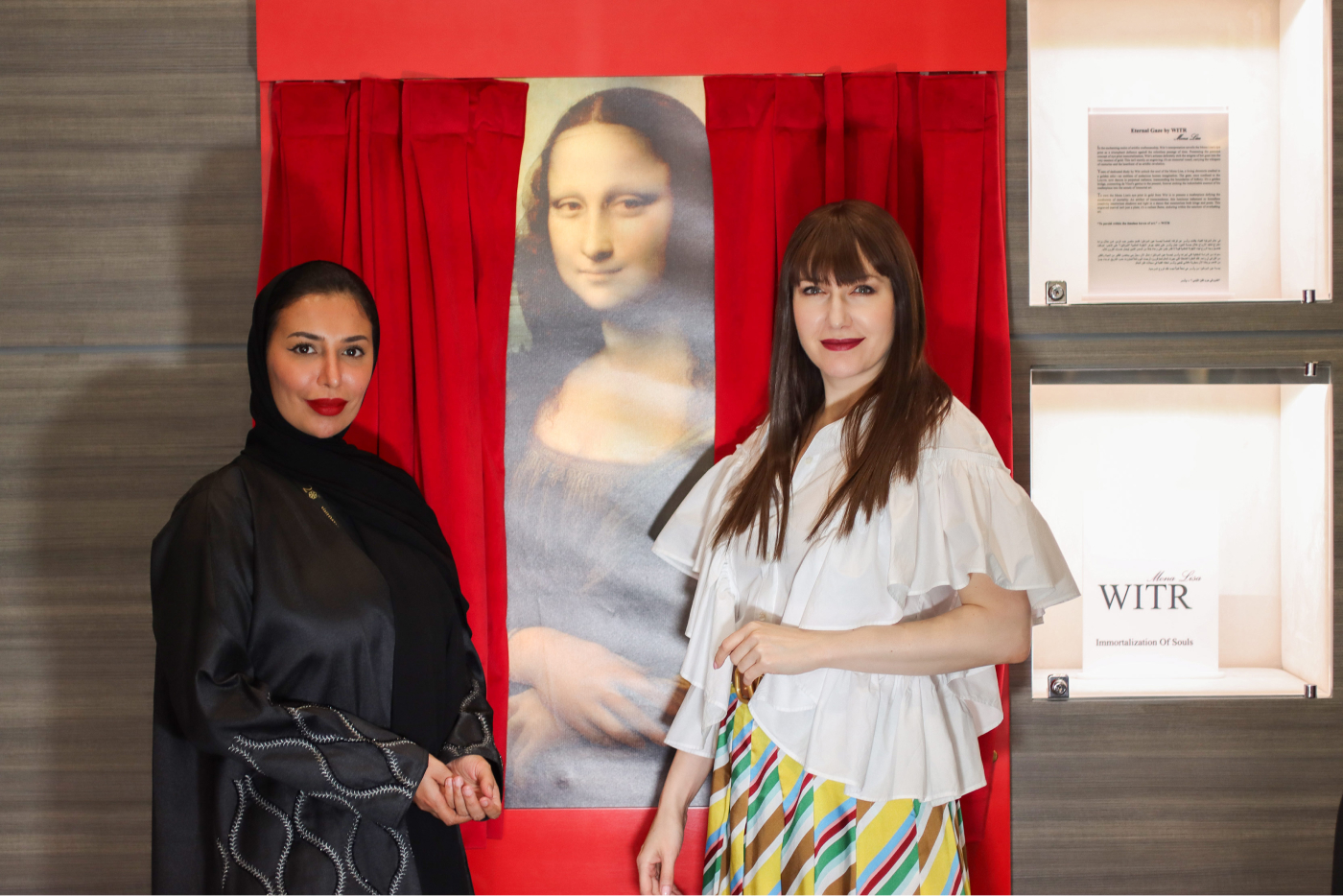
WITR founder Reem Al Shamari with Katerina Perez
She told me at the time: “Eyeprints are second to DNA, so every person is born with a magnificently unique eyeprint that can never happen twice.” Since it was established in 2015, her brand has patented an engraving technique to recreate the client’s identical eyeprint and transform it into personalised high jewellery and watches for the purpose of ‘immortalising souls’. Fittingly, the name WITR translates to ‘singular’ or ‘only one’ in Arabic, which is the perfect choice for such a concept.
Eyes are not only the window but the face of the soul as well. So, by engraving those godly artistic details, we immortalise those souls on precious metals as jewellery to be worn, seen, kept and felt forever, Reem Al Shamari.
Digging a little deeper, I discovered that the first spark of inspiration for WITR’s iris prints emerged from a melancholy place. Reem told me: “I have a problem with losing the people I love; I don’t like that feeling. So, when I thought about it, I believed maybe there was a way to keep those people with me forever. I researched a lot, and came across the eye print, and this is how I could keep the people that I love close.”
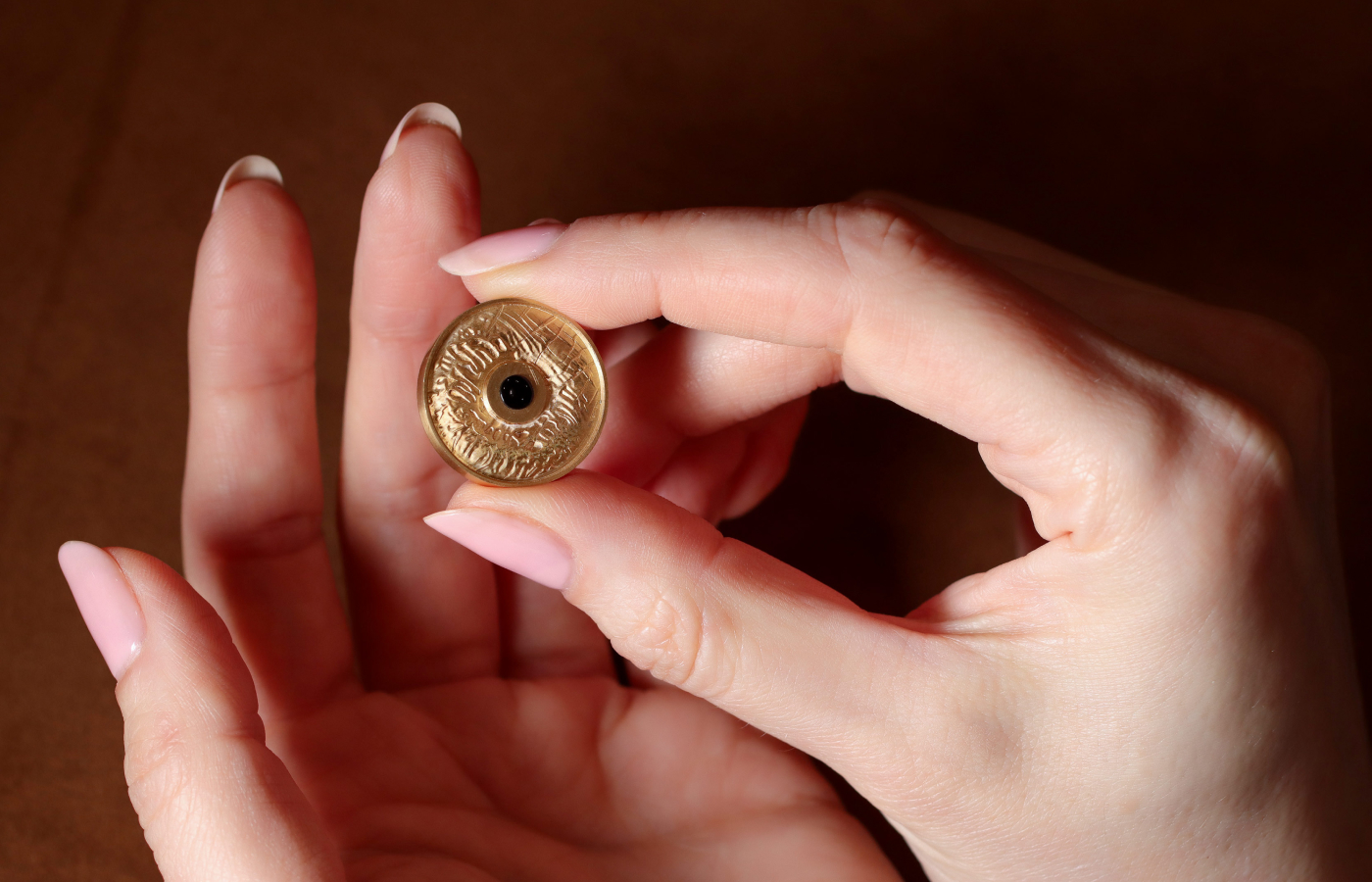
A closer look at the engraved details in the WITR Mona Lisa iris print jewels, which are captured in 18k yellow gold
At this year’s 20th edition DJWE show, I once again met with Reem Al Shamari to see how her iris prints are evolving with time. I was pleasantly surprised to see a new iris study taken from one of the world’s most priceless artworks: Leonardo da Vinci’s Mona Lisa. Have you ever visited the Louvre Museum in Paris to see Mona Lisa’s smile (and eyes) for yourself? It’s a surprisingly small painting at just 77 cm x 53 cm, so my first question was how Reem could have captured her eye in the necessary detail. “We purchased high-resolution pictures from the Louvre, and I started working on it,” she told me. “I wasn’t sure that da Vinci drew her eyeprint, but it was there. How is it that no one has ever spoken about this!”
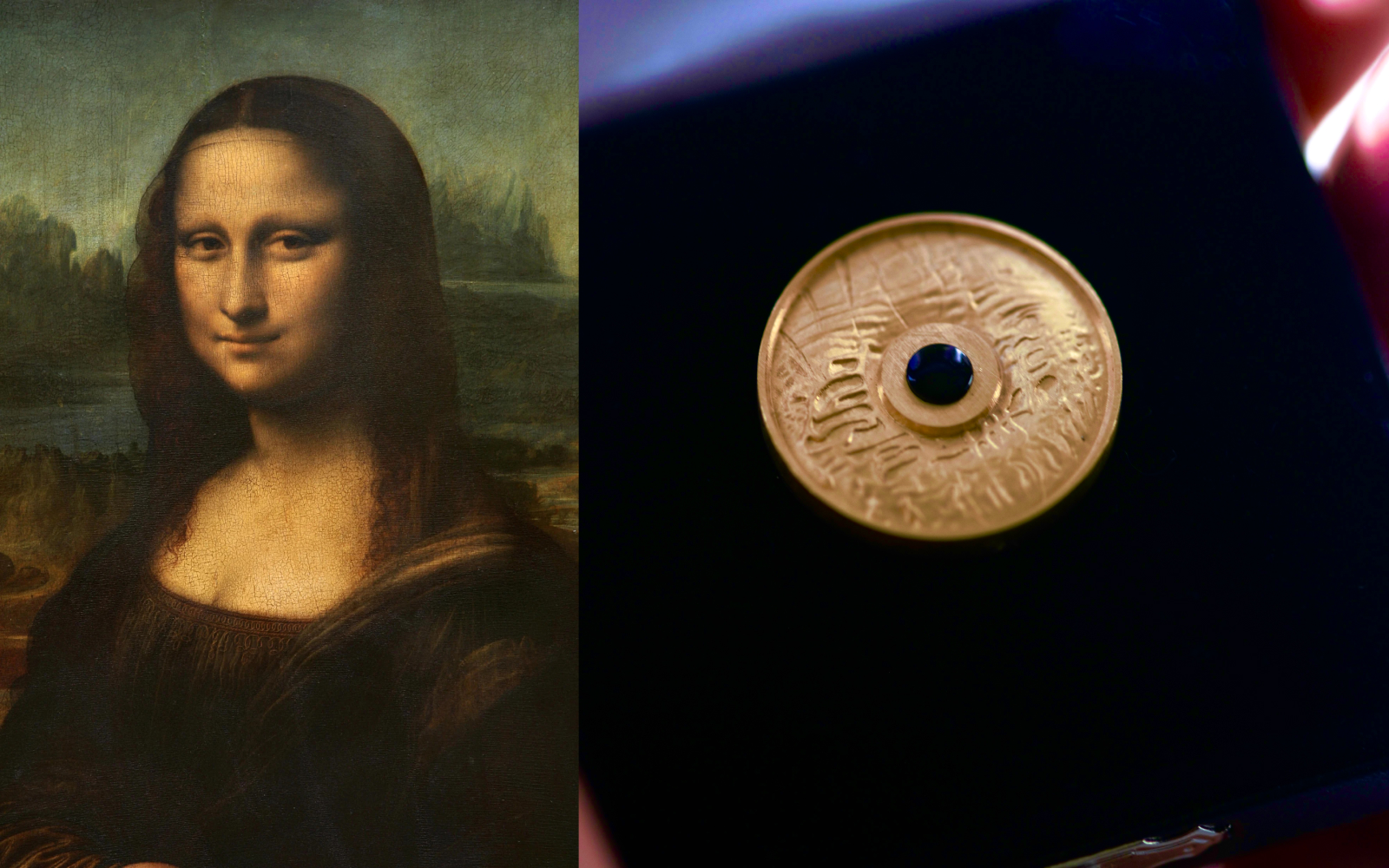
Leonardo da Vinci’s Mona Lisa is housed in the Louvre museum, which supplied WITR with high-resolution images to begin the process of capturing her iris print
Reem worked on Mona Lisa’s eye for four years, navigating the cracks in the oil-on-wood artwork that have developed naturally since it was completed in the 16th century. She created a ‘map’ of Mona Lisa’s eye, which has now blossomed into a one-of-a-kind jewellery project that is ongoing and evolving as I write this article. Who knows where this artistic inspiration will take WITR as a brand?
The process of immortalising a two-dimensional eye from a painting is not, according to Reem, dissimilar to a three-dimensional living human eye. First, there’s an ultra-high-resolution photograph of the eye and a detailed study of its particulars, which Reem admits can take “three months and sometimes more, especially when the eyes are very complicated”. Next, there’s the process of clarifying which details need to be engraved into the piece of jewellery itself, whether that’s a small or large pendant, a bracelet, a pair of cufflinks or even a watch. “We go back and forth because we keep comparing the eyeprint with the original picture. I can’t hand over a piece unless it’s a 100% identical of what you see; that’s why it takes a long time.” The engraving process is a WITR secret – an internationally patented method – that uses a customised machine to replicate the details of each eye. One of the best places to see this is on the brand’s Instagram account, where photos really highlight the textural effect that WITR can achieve in gold. Clients can also receive their jewellery accompanied by a photograph of their iris so they can compare the details from one to the other.
I like to think of this as WITR’s first step into a wonderful melding of art and jewellery. Who knows where this Mona Lisa project will lead and whether more famous men and women immortalised in oil, acrylic, pen, pencil, and acrylic will be given the same treatment. The Mona Lisa is most famous for her wry smile, but perhaps we’ve all been underestimating the slight glint in her eye.

WORDS
Katerina Perez is a jewellery insider, journalist and brand consultant with more than 15 years’ experience in the jewellery sector. Paris-based, Katerina has worked as a freelance journalist and content editor since 2011, writing articles for international publications. To share her jewellery knowledge and expertise, Katerina founded this website and launched her @katerina_perez Instagram in 2013.
Related Articles
Latest Stories
Add articles and images to your favourites. Just

Nature’s Folio:The Boucheron Untamed Nature High Jewellery Collection
Be prepared to feel transported to the French countryside, somewhere in the 19th century, armed with only a graphite pencil and the very earliest monochrome camera…
Jewels Katerina Perez Loves
Continue Reading
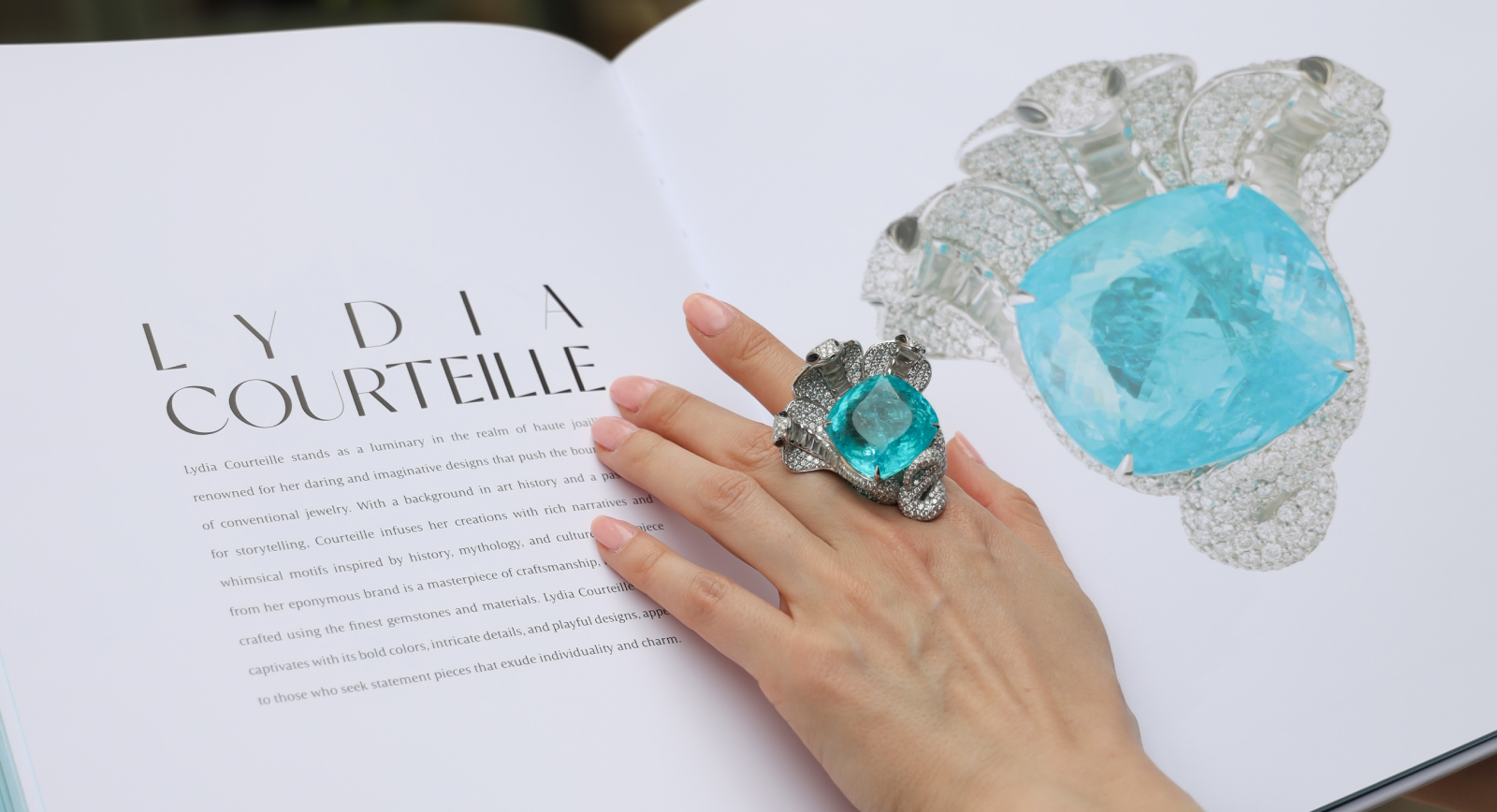
Writing Adventures:Co-Authoring the Book
Paraiba: The Legacy of a Color
Brand Focus:Bvlgari
Jewellery Insights straight to your inbox
